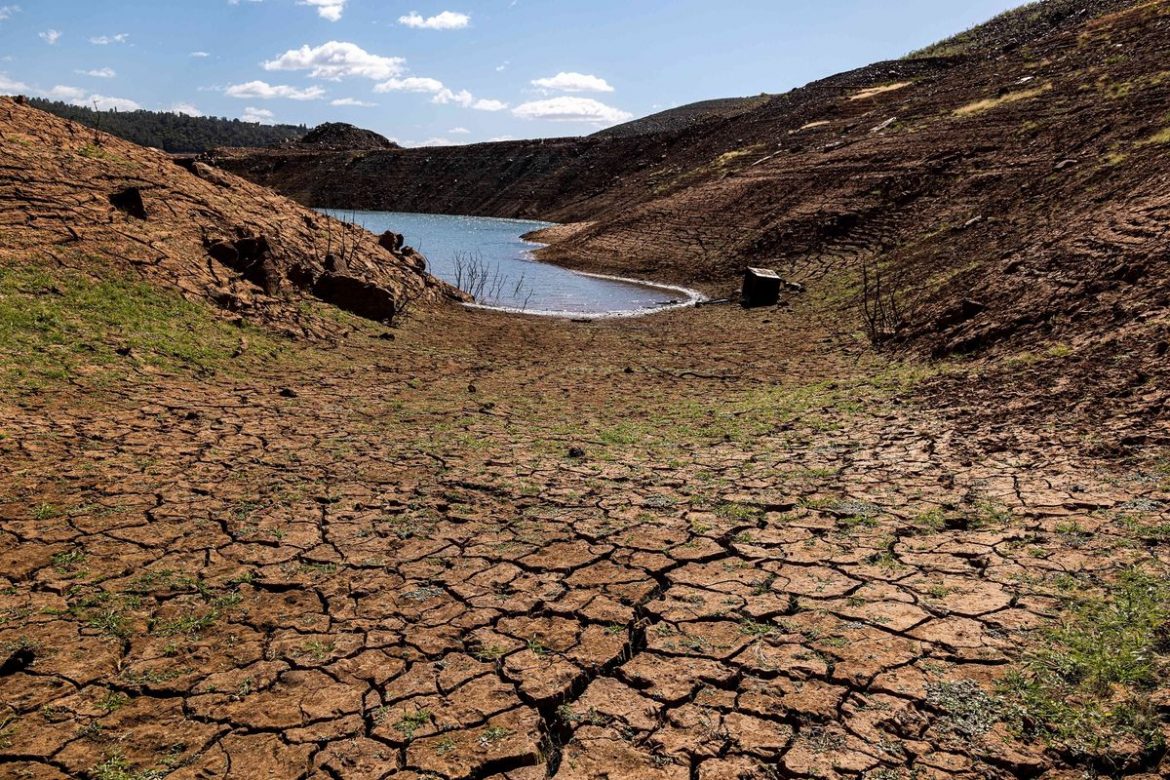The US largest water supplier has declared a drought emergency for all of Southern California, In what could be potential mandatory water restrictions early next year that could impact 19 million people.
The Metropolitan Water District of Southern California provides water to 26 different agencies that supply major population centres like Los Angeles and San Diego counties.
The dearth of rain in Southern California has seen the district import about half of its water from the Colorado River and the northern Sierra Nevada via the State Water Project — a complex system of dams, canals and reservoirs that provides drinking water for much of the state.
Earlier this year, the district declared a drought emergency for the agencies that mostly depend on the State Water Project, which covers about 7 million people as the dryness in the past three years has seen those water deliveries hit record lows.
Read also: Climate change to contribute to long-term food insecurity in Nigeria
On Tuesday, the board voted to extend that declaration to cover all Southern California water agencies and called on agencies to immediately reduce how much water they import. By April, the board will decide whether to make those cuts mandatory if the drought continues.
“Some Southern Californians may have felt somewhat protected from these extreme conditions over the past few years. They shouldn’t anymore. We are all affected,” said Gloria D. Gray, chair of the Metropolitan Water District’s Board.
State officials recently announced that water agencies like Metropolitan will only get 5% of their requested supplies for the start of 2023 due to lower reservoir levels while some agencies may get a little bit more if it’s necessary for drinking, sanitation or other health and safety concerns.
The drought declaration comes as Colorado River water managers are meeting in Las Vegas to discuss growing concerns about the river’s future after more than two decades of drought.
Scientists say climate change has contributed to sustained warmer and drier weather in the West, threatening water supplies. The river’s two largest reservoirs — Lake Mead on the Nevada-Arizona state line and Lake Powell on the Arizona-Utah border — are each about one-quarter full.
In California, despite a recent run of storms that have dumped heavy rain and snow in the Sierra Nevada and Central Valley, reservoirs are all well below average for this time of year.
“I think Metropolitan is being very proactive in doing this,” said Dave Eggerton, executive director of the Association of California Water Agencies. “It’s really the right thing to do.”
Story was adapted from AP.
